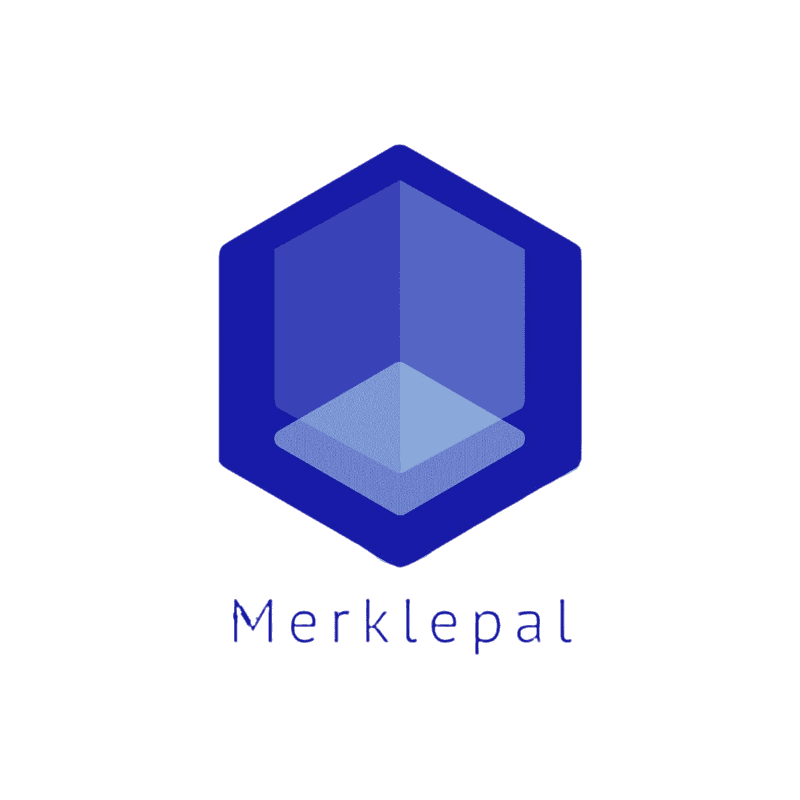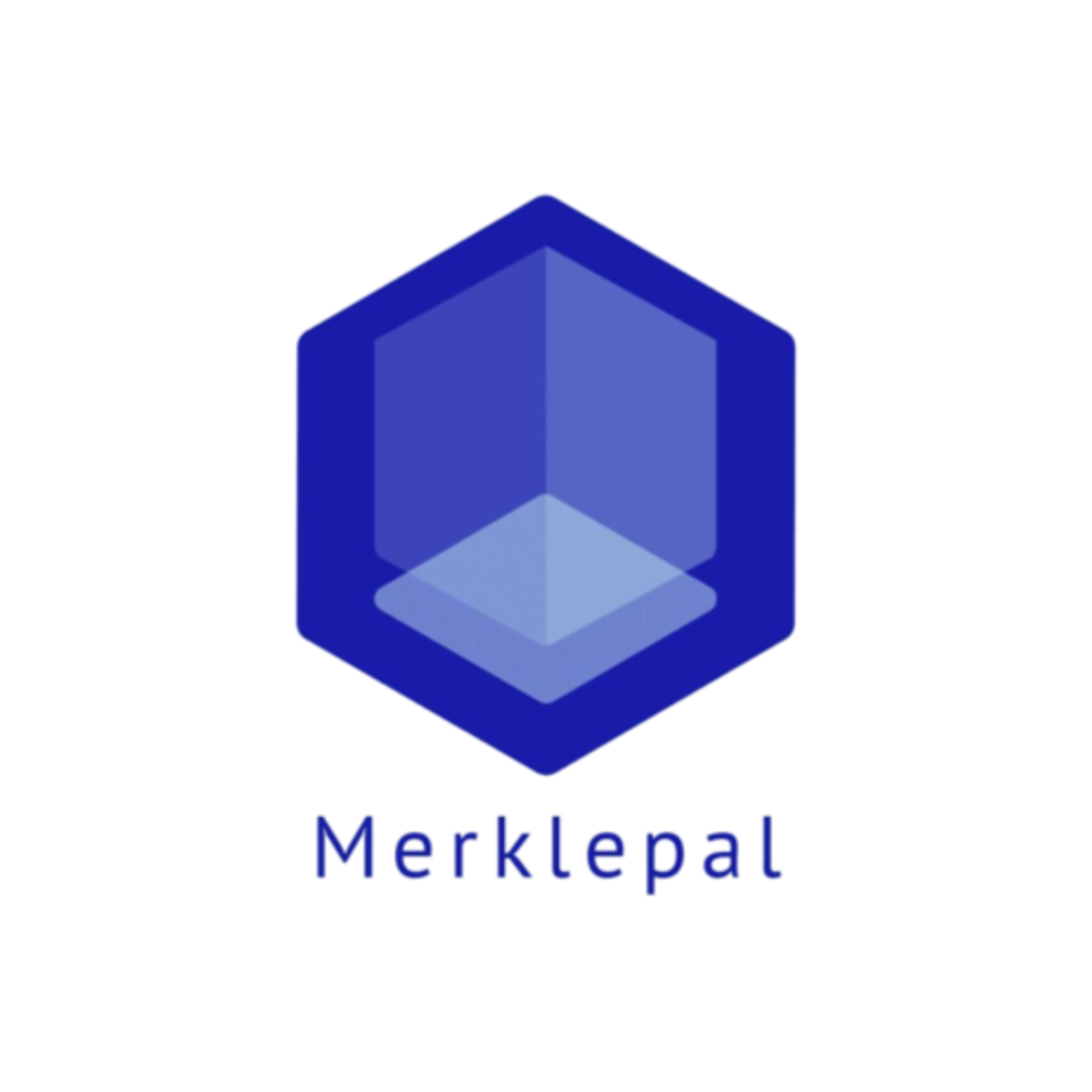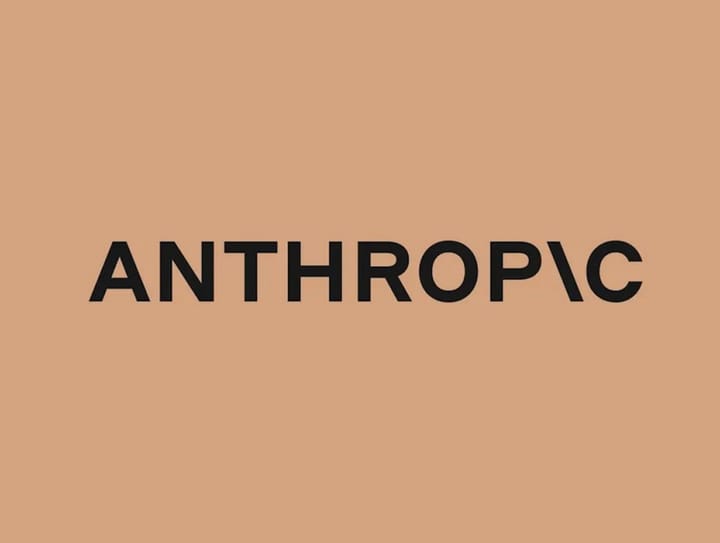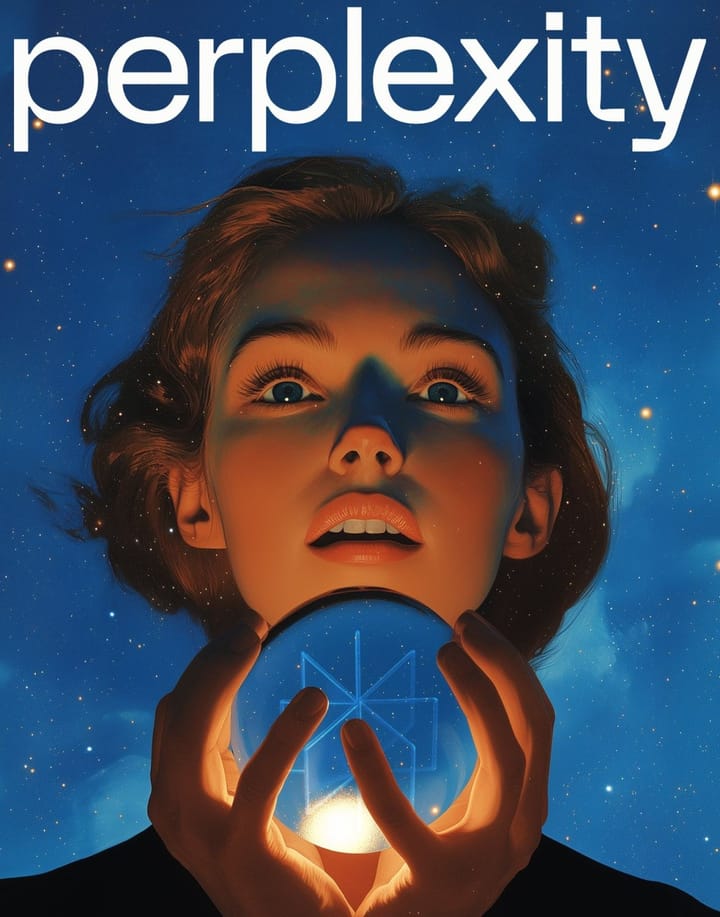Inside OpenAI: From Founding to Controversies
Before OpenAI, there were several notable AI products including IBM's Deep Blue, a computer cheese-playing system that defeated the world chess champion Garry Kasparov in 1997 with its ability to tackle complex calculations.

OpenAI is an artificial intelligence research organization based in America that was founded with the mission to make AI safe and accessible, and to benefit humans. With a commitment to safety, ethics, and accountability, OpenAI has developed groundbreaking technologies particularly GPT (Generative Pre-trained Transformer). The GPT-3 released in 2020 shook the AI industry with its capabilities in understanding and generating natural language. The GPT-4, a further advanced GPT-3 released in 2023 is leading in education, finance, software development, marketing, healthcare, and customer service. It has done a great job on DALL-E. An AI model that generates realistic images from natural language description. With a blend of nonprofit and for-profit, OpenAI is attracting investment while prioritizing public benefits.
FOUNDING DATE: December 2015
HEADQUARTERS: San Francisco, California, USA
TOTAL FUNDING: Approximately $11.3 billion as of 2024
STAGE: Capped profit
NUMBER OF EMPLOYEES: 1k+
Thesis
Before the advent of AI, society relied heavily on manual processes and traditional computing methods where all the information is human-centric. Access to information was limited as many computers were not built to be intelligent. All activities from health to education and even phone calls were based on human intelligence. Business operations in all sectors were labour-intensive, prone to errors, time-consuming, and lacked adaptability.
There were severe challenges in many industries for instance, many data management jobs largely depended on paper-based which were manual, time-consuming, and difficult to track or analyze data which led to inefficiencies and inaccuracies. Traditional computing methods were inefficient and struggled to handle complex real-world data which hindered growth in many industries.
The growing demand for automation in industries led to the need for intelligent computers. Computers that can analyze data, process information, learn from data, and make smart decisions independently. Businesses sought solutions to reduce operational costs, improve accuracy, and improve efficiency.
The Birth of AI
Artificial intelligence (AI) has shaken the technology industry as the most transformative technology of the 21st century. The impact of AI has been felt in all sectors. OpenAI has played a role in advancing AI and improving how AI works.
AI refers to the simulation of human intelligence processes by machines. Intelligent computers read, learn and process information like a human would. These processes include learning by acquiring and using information and reasoning with a set of rules.
The concept of AI began with the discussions of human intelligence in the mid-20th century with the development of the first AI program in the 1950s. These early efforts are the groundwork for the future advancements made in AI which led to the emergence of organizations like OpenAI.
The term "artificial intelligence" was first coined by John McCarthy in 1956 during the Dartmouth Conference, which is considered the birth of AI as a field of study. McCarthy, along with other pioneers like Marvin Minsky, Alan Turing, Herbert Simon, and Allen Newell, are the founding fathers of AI. Early AI research focused on symbolic reasoning and problem-solving. The Logic Theorist developed by Newell and Simon in 1956 could prove theorems from Principia Mathematica mimicking human problem-solving skills and performing tasks that require intelligence.
Before OpenAI, there were several notable AI products including IBM's Deep Blue, a computer cheese-playing system that defeated the world chess champion Garry Kasparov in 1997 with its ability to tackle complex calculations. By 2000, AI research was gaining momentum, however, this field faced challenges related to safety, ethics, and accessibility.
The Emergence of OpenAI
Safety, ethics, and accessibility were the driving forces behind the founding of OpenAI. The founders of AI recognized potential risks associated with AI if safety is not addressed. OpenAI promotes safety, ethical use of AI, and collaboration among researchers thereby building an open-source AI technology. OpenAI has made significant contributions to the AI landscape, including the development of the GPT (Generative Pre-trained Transformer) series of models which revolutionized natural language processing. OpenAI is reinforcing learning, robotics, and AI safety research.
Founding story
OpenAI was founded by Elon Musk, Sam Altman, Greg Brockman, Ilya Sutskever, Wojciech Zaremba, and John Schulman, among others. The organization was established as a nonprofit research entity to conduct AI research and promote the safe and ethical development of AI technologies.
By the late 20th century, the focus of AI research began to shift toward machine learning. The AI researchers started emphasizing machines that are capable of learning from data. Researchers developed neural networks, and deep learning which enabled machines to improve their performance.
Elon Musk, Sam, and Greg began to raise concerns about potential risks associated with unregulated AI development. They recognized that while AI had the potential to bring good, it could also be bad.
In one of Elon’s interviews, he stated his intention for a safe AI that will benefit everyone.
“Larry Page and I used to be close friends, and I would stay at his house in Palo Alto and I would talk to him later tonight about AI safety and at least my perception was that Larry was not taking AI safety seriously enough” - Elon Musk
When asked what he said about it he answered,
“He really seemed to be what it once sort of digital super intelligence basically digital God if you will as soon as possible um, he wanted that yes, he’s made many public statements over the past year's um that the whole goal for Google is what’s called AGI. you know and I agree with him that there’s great potential for Google but there’s also potential for bad and so if you got some radical new technology you want to try a new set of actions that maximize probability it will do good and minimize probability it will do bad things” - Elon Musk
With safety in mind, OpenAI started as a non-profit organization invested in making AI safe and accessible. The revealing of AI caught the interest of investors which got OpenAI $1B funding from investors like Reid Hoffman, Jessica Livingston, and Peter Thiel.
“I’m normally in favour of for-profit. We don’t want this to be a sort of a profit-maximizing demon hell that just never stops.” - Elon Musk
Sam Altman has often emphasized the broader mission of OpenAI to ensure that AI benefits all of humanity.
“The mission of OpenAI is to ensure that artificial general intelligence (AGI) benefits all of humanity. We want to ensure that the development of AGI is done in a way that is safe and aligned with human values.” - Sam Altman
On the same mission for AI safety and accessibility, Greg Brockman highlighted the importance of collaboration and usability for developers:
“We want to build tools that are so powerful that everyone can use them. We want to democratize access to AI so that small developers and large companies alike can harness its potential.”- Greg
Ilya Sutskever discussed the need for security transformative potential of AI in various domains:
“AI has the potential to transform every industry, and we’re just scratching the surface. The possibilities are endless, and we need to make sure that we’re harnessing this power for good.” - Ilya
The anticipation of developing an Artificial Generative Intelligence that can read, learn, understand, and perform a wide range of tasks raised alarm among researchers. The OpenAI founders were worried that AI could cause harm to humans which catalyzed the founding of OpenAI.
Funding
In 2017, realizing the huge funding required to achieve AGI as a non-profit, things took a turn against their initial goal to build an open-source AI technology. They recognized that they needed billions of dollars per year to acquire the resources needed to achieve their missions which required they go for-profit. Elon insisted they merge with Tesla as he stated they needed to be a relevant competitor with Google.
In 2019, Open AI had their first investor Vinod Khosla who invested $50M now valued at $1B after OpenAI went for profit to keep activities afloat. With Elon Musk leaving OpenAI and withheld funding, OpenAI went for-profit to attract investors and raise funding to build AI to serve humanity.
OpenAI has been speculated to raise $1B in first-round funding. OpenAI was recently funded by 13 investors with Data Power and Thrive Capital being their most recent investors. In May 2023, they announced a $100M single venture fund. Sealed 13 investments with the most recent investment being in July 2023, acquiring three mergers with the most recent being Multi on June 24th, 2024.
According to Assets, OpenAI is the most funded AI company with $14B raised so far from funding. OpenAI declined to comment on its funding, however, according to the New York Times they completed a deal that made the company worth $80B.
OpenAI moved from a non-profit to a for-profit organization and gained over 20M subscribers in 2 months. In 2023, their annual revenue was estimated at $1.6B with most of the revenue coming from ChatGPT subscribers.
There are ways ChatGPT could have monetized OpenAI aside from ChatGPT subscribers. Offering B2B services where licensing models can be issued to businesses. It is said that Microsoft is at the top of businesses using the licensing model. Microsoft 365 Copilot is using an OpenAI license to build a generative AI model for boosting employee performance.
Important Characters in OpenAI’s Founding
Sam Altman: Co-founder and CEO of OpenAI since 2019. Before OpenAI, Altman was president of the startup accelerator Y Combinator.
Elon Musk: Co-founder and early major donor. Musk's vision for safe and beneficial AI was a driving force in the creation of OpenAI.
Greg Brockman: Co-founder and President. Brockman was previously CTO at Stripe and has been instrumental in OpenAI’s technical development and strategy.
Ilya Sutskever: Co-founder and Chief Scientist. Took part in firing Altman and stepped down from the board members after Altman’s return.
John Schulman: Co-founder and research scientist. Left Open AI to join a rival Anthropic.
Wojciech Zaremba: Co-founder and research scientist.
Of all the founders, Sam, Greg, and Zaremba are the remaining original co-founders.
Partnerships
OpenAI is partnering with companies interested in developing safe and accessible AI. On November 9th, 2023, they stated they are in partnership with the Icelandic Government and Miðeind ehf to improve the ability of GPT-4 to speak Icelandic. They are also in partnership with Free Law Project, a non-profit organization that wants to make legal understanding accessible. OpenAI is interested in partnering with organizations with large data sets that are not easily accessible online or to the public.
“We can work with data in almost any form and can use our next-generation in-house AI technology to help you digitize and structure your data. For example, we have world-class optical character recognition (OCR) technology to digitize files like PDFs, and automatic speech recognition (ASR) to transcribe spoken words. If the data needs cleaning (e.g. has lots of auto-generated artifacts or transcription errors), we can work with your team to process it into the most useful form. We are not seeking datasets with sensitive or personal information, or information that belongs to a third party; we can work with you to remove this information if you need help.” - OpenAI
Microsoft and OpenAI Partnership
Significant investments, strategic collaborations, and a complex interplay of competition and cooperation mark the relationship between OpenAI, Microsoft, and Google.
Microsoft's initial investment in OpenAI was $1B, committed to the organization in 2019. This partnership provided OpenAI with resources and gave Microsoft access to OpenAI technology which was integrated into Microsoft’s products. This enabled Microsoft to integrate AI into Azure. In November 2016, OpenAI announced they are working with Microsoft to run a large-scale experiment on Azure. They stated on their website,
“We’re working with Microsoft to start running most of our large-scale experiments on Azure. This will make Azure the primary cloud platform that OpenAI is using for deep learning and AI and will let us conduct more research and share the results with the world.”
They stated they needed to access more and faster computers for reinforcement learning and generative AI. This was part of the purpose of the partnership. In 2019, they officially became partners. January 23, 2023, they announced an official partnership renewal.
The Microsoft and OpenAI Saga
On December 1st, 2023, as reported by The New Yorker, before 11:30 am, Satya Nadella, CEO of Microsoft had his weekly meeting with senior leaders where he got a call from an OpenAI official to inform him Sam Altman, CEO of OpenAI would be fired in 20 minutes. They have both worked together for over four years leading to Microsoft's biggest rollout in a decade. This relationship is central to Nadella. He went ahead to call OpenAI board member D’Angelo for details. D’Angelo couldn't provide details which seemed they deliberately left Natella unaware of their intention.
Microsoft owned a high share of OpenAI board member for-profit and should have been consulted. He had called Scott, Microsoft’s chief of technology officer who had already heard the news and set up a meeting with the Microsoft executives. They were tensed on the likely outcome of AI companies moving recklessly. With safety in mind, Microsoft executives had three plans.
Plan A was to attempt to stabilize the situation by supporting Murati, an Open AI Chief Technologist to see if they can reverse their decision, plan B was using the billions of dollars investment they pledged to OpenAI they have not handed over to get Altman reappointed as CEO, plan C was to hire Altman and his most talented coworkers to rebuild OpenAI in Microsoft.
The Microsoft board members claimed Altman is not consistently candid in his communication, however, when asked for examples they were all quiet. After firing Altman, Mira Murati was named the interim CEO while Greg Brockman, President of OpenAI resigned. He tweeted on X “I quit” with other workers threatening to resign.
Plan A was a failure and B failed as Nadella asked Murati if there was a way to reinstate Altman as CEO, they agreed they could welcome Altman with open arms but not as CEO.
OpenAI moved to plan C and invited Altman and Brockman to lead a new AI Research Lab at Microsoft which they accepted. Microsoft started preparing to prepare to recruit more OpenAI members. Murati had written an open letter to OpenAI board members “We are unable to work for or with people that lack competence, judgment, and care for our mission and employees”
A letter circulated that OpenAI workers promised to resign and join Microsoft subsidiary unless all current board members stepped down and Altman and Brockman were reinstated. Within hours, nearly all OpenAI employees had signed the letter.
Kelvin Scott, CTO of Microsoft took to X, “To my partners at OpenAI, we have seen your petition and appreciate your desire potentially to join Sam Altman at Microsoft’s new AI Research Lab, know that if needed, you have a role at Microsoft that matches your compensation and advances our collective mission.”
With the fear of mass departures, OpenAI announced Altman would be returning as CEO. All board members except D’Angelo would resign. While plan C worked Microsoft has gained a non-voting board seat at OpenAI with greater influence. This is a great win for Microsoft as things have gone back to normal and Copilots can continue.
Microsoft continued its partnership. On 14th August 2024, Microsoft stated on their website that the Azure OpenAI service provides REST API access to OpenAI’s powerful language models including the GPT series. These models can easily adapt to specific tasks.
Elon Musk and OpenAI
Early March 2024, Elon Musk filed a lawsuit against OpenAI stating the company is operating against its founding mission of building AI to help humanity.
In a blog post published by OpenAI on 5th March 2024, they stated their mission to make AGI benefit humans and their journey with Elon Musk to dismiss Elon’s claims. Realizing that AGI will cost more resources than they imagined, Elon said they should announce a $1B initial funding commitment rather than the $100M planned by Sam and Greg.
“We need to go with a much bigger number than $100M to avoid sounding hopeless relative to what Google or Facebook are spending. I think we should say that we are starting with a $1B funding commitment. This is real. I will cover whatever anyone else doesn't provide.” - Elon Musk
They realized building AGI would require vast quantities to compute, and they need billions of dollars per year which they thought they wouldn't be able to raise as a non-profit. We and Elon recognized for-profit, and they started, Elon wanted to merge OpenAI with Tesla to drive a relevant competitor with Google/DeepMind. Elon wanted majority equity, initial board control and to be the CEO. He withheld funding while Reid Hoffman stepped in to cover salaries and operations. They couldn't come to a term as they opposed the idea of one man controlling the board. In February 2018, Elon sent an email to OpenAI insisting Tesla is the only way to compete with Google. Elon Musk left the organization afterward.
On June 12, 2024, Elon unexpectedly withdrew the lawsuit against OpenAI.
Early Projects and Contributions
OpenAI Gym
On April 27th, 2016, OpenAI announced the release of the public beta of the OpenAI Gym. It is a tool used to develop and compare reinforcement learning (RL). RL is a subfield of machine learning concerned with decision-making and how to achieve goals in a complex, uncertain environment.
RL is general and encompasses all problems that involve making a sequence of decisions. For instance, playing video games and making business decisions. It started achieving good results, however, some factors slowed down research.
The need for better benchmarks just like ImageNet, RL needs a large and diverse collection of environments, however, diverse open-source RL does not have a variety of environments. RL also lacked standardization of regulated environments.
OpenAI solutions was the OpenAI Gym which provides a varying suite of environments with the classic control and toy text, algorithmic, Atari, Board games, and 2D and 3D robots. OpenAI provided a platform for researchers to evaluate and compare their algorithms, fostering collaboration in the field.
Dota-2
On August 11, 2017, OpenAI announced the release of Dota 2bot. It was created to play in complex gaming environments. Dota 2 was created to beat the world's top professionals at 1v1 matches of Dota 2 under standard tournament rules. According to OpenAI, the bot learned the game from scratch by self-play and did not imitate. They also mentioned they will be creating a team of Dota 2 bots to play with human teams.
DALL-E
In January 2021, OpenAI introduced DALL-E and introduced DALL-E one year later with a 4x image resolution.
DALL-E is a generative AI model built to create realistic images from natural language descriptions. It started as a research project but is currently available in beta. OpenAI is focused on safety and has limited DALL-E to generate hateful, violent or adult images. They also prevented the photorealistic generation of individual faces.
Applications of DALL-E
Art and Design: DALL-E os used bụ artists and designers to generate unique visuals and inspiration for their projects. For example, a designer can input a description of an inspiration and get a visual representation of the text prompt.
Marketing and Advertising: Brands can generate eye-catching images tailored to their target audience without the need for extensive graphic design resources. Also, businesses can generate product images for advertisements using descriptions.
GPT series
Another groundbreaking technology of OpenAI was the development of the Generative Pre-trained Transformer (GPT) series of models.
Before the GPT release, the best-performing neural NLP(Natural Language Processing) models were relying on supervised learning which limited their use of datasets making them expensive and time-consuming to train. GPT was built as an unsupervised model to address the challenges of neural NLP (Natural Language Processing).
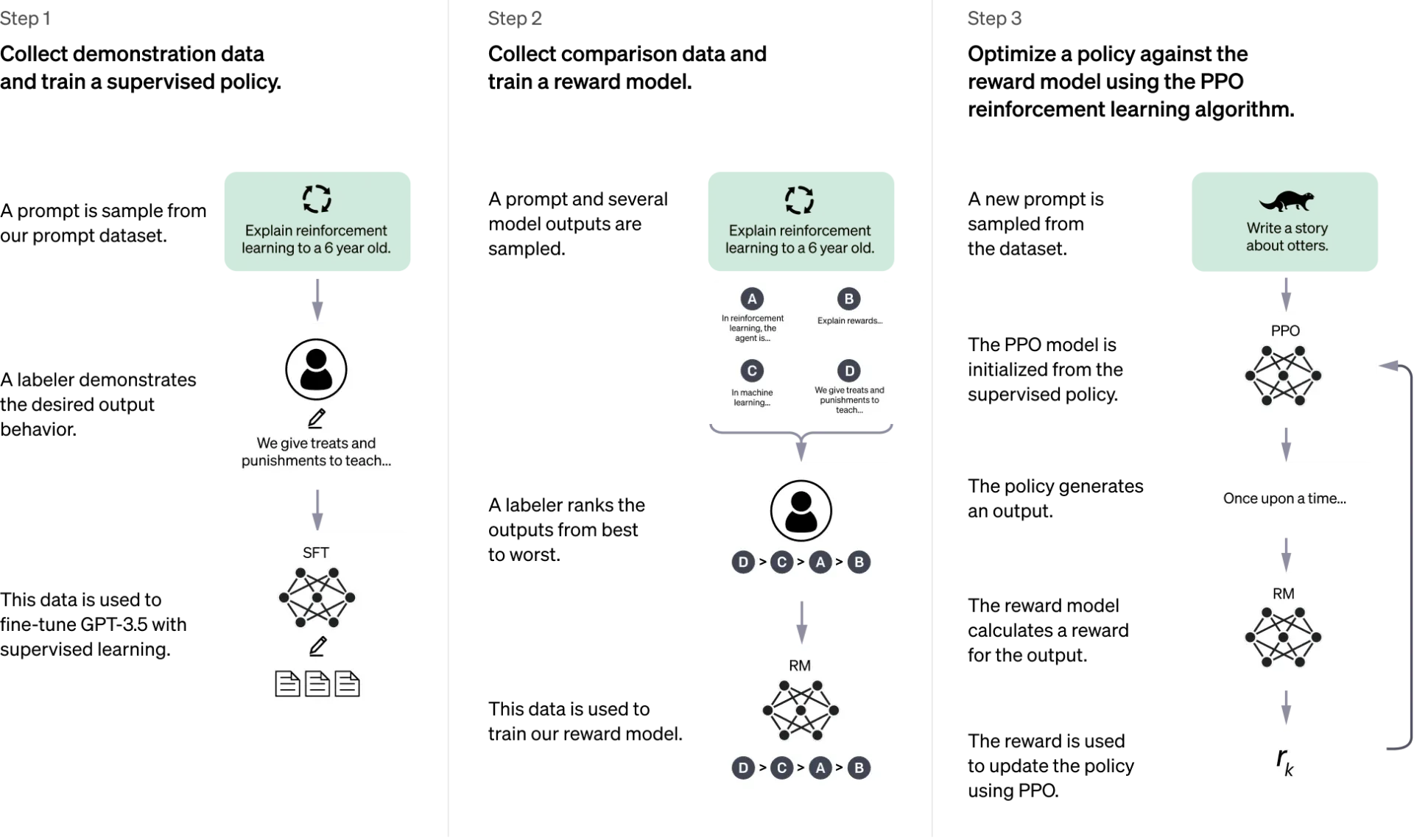
GPT launched in 2018 was trained as a language-generating model. Being trained to read large language data unsupervised, GPT showed the ability to perform various language tasks proving that generative language m is possible. With a little fine-tuning, it could process natural language and perform related tasks. GPT led the way for other models
The release of GPT-2 in 2019 marked a significant breakthrough in natural language processing, demonstrating the ability of AI to generate coherent and contextually relevant text. This innovation raised important questions about the ethical use of language models and the potential risks associated with their deployment.
GPT-3 released in 2023 has advanced understanding and generating of natural language. GPT-4 has more advanced features than the GPT-3.
In November 2020, OpenAI introduced ChatGPT, a conversational AI texting tool that reads and understands natural language and generates responses. ChatGPT is built to follow an instruction in a prompt and generate a reply.

Applications of GPT
Content Creation: ChatGPT has improved efficiency and productivity in content creation industries to improve content. Content creators using GPT models may overcome writer's block, limited access to information, and difficulty in writing. Writers use chatGPT to generate articles and social media posts using natural language.
Customer Support: Chatbots are developed using GPT-3 to provide users with assistance and answer users’ queries promptly. Intercom has been said to incorporate GPT-3 info on their platforms to enhance customer experience.
Education and Tutoring: GPT-3 is used to create personalized learning experiences. It generates tailored educational materials based on individual. Education researchers are exploring the potential of GPT-3 in education and its shortcomings.
Codex
On August 20th, 2021, OpenAI announced the creation of Codex, Codex is used by programmers to build digital products, a descendant of the GPT-3 model that transforms natural language into code. While GPT may be generative content, it generates replies in natural language, however, Codex, generates code to reply in natural language. They stated that it is most capable in Python but not limited to other languages including JavaScript, Ruby, and PHP.
Target Market
OpenAI's target market encompasses a diverse range of sectors, including:
Businesses and Enterprises: Companies are looking to integrate AI into their operations to automate repetitive tasks, reply to customers, schedule meetings automatically, handle employee recruitment using preset instructions and data to interview and analyze employees and many more. This includes various industries such as finance, healthcare, retail, and manufacturing.
Developers and Software Engineers: OpenAI Codex and APIs that developers can use to build AI-powered applications.
Educators and Students: Academies, tech companies, schools, and programs that intend to automate and personalize learning can use AI to achieve efficiency.
OpenAI's technologies can be applied in educational settings, enabling personalized learning experiences, tutoring, and content generation. This target market includes educational institutions, e-learning platforms, and individual learners.
Creative Professionals: Artists, designers, and writers are increasingly using OpenAI’s products like DALL-E and GPT-3 to enhance creativity by generating content with these tools.
Researchers and Academics: OpenAI targets researchers interested in AI safety and accessible AI.
Conclusion
OpenAI’s mission for safety has led to the development of innovative products, including OpenAI Gym, Dota, GPT-3, DALL-E, Codex, the OpenAI API, and CLIP, which are transforming various industries and enhancing productivity, creativity, and efficiency. The turn of events from a non-profit organization to a profit organization demonstrated the challenges of OpenAI over the years to their mission. OpenAI is dedicated to building AI tools that are safe and ethical.
